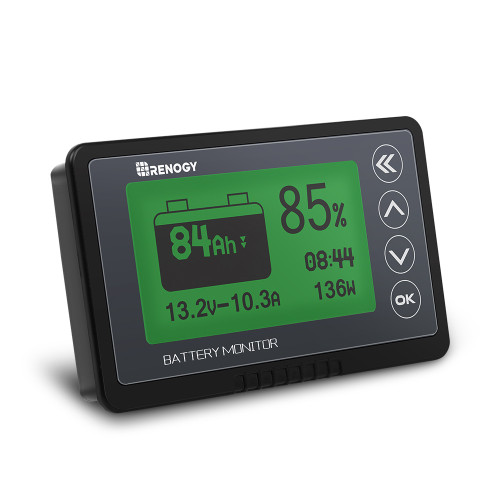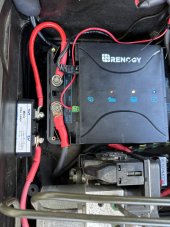The title is a bit ambiguous so let me explain my situation. I have a complete system set up in a Land Rover LR3 for off-grid adventures: a starter lithium-ion battery (antigravity 80ah with jump start) and a house battery (renogy 50ah lithium ion) connected to a renogy dc2dc charger with a solar MPPT connection. I have a hood-mounted 100watt lensun solar panel that works very well with an open voltage of ~26v. That open voltage is my current problem - because the renogy dc2dc maxes out at 25v, I am getting over-voltage errors when the panel is in max sunlight. Rather than messing with voltage converts and or replacing a very well-installed charger, I was wondering if it is possible to use a secondary MPPT charger supplied by the panel manufacturer that can handle the solar open input voltage and connect the output (12 v) to the solar connection of the renogy... I might lose some power from the panel... but it would be way more consistent - I just don't know if you can go MPPT to MPPT like that? Any help here would be appreciated. I am a bit of a newbie to this.
Here is the DC2DC Charger:

 www.renogy.com
www.renogy.com
Here is the solar panel:
 www.lensunsolar.com
www.lensunsolar.com
Here is the solar panel MPPT controller:
 www.lensunsolar.com
www.lensunsolar.com
Here is the DC2DC Charger:

DCC30S 12V 30A Dual Input DC-DC On-Board Battery Charger with MPPT
Designed to give you options, the Renogy 30A Dual-Input DC-to-DC MPPT On-Board Battery Charger can charge a service battery in two different ways. The multi-stage charger can utilize connected solar panels or an alternator linked to a starting battery. While your vehicle's alternator prioritizes...
 www.renogy.com
www.renogy.com
Here is the solar panel:
Land Rover Discovery LR 3/4 Hood Lensun 110W ETFE Black Flexible Solar Panel
Land Rover Discovery LR 3/4 Hood Lensun 110W ETFE Black Flexible Solar Panel
 www.lensunsolar.com
www.lensunsolar.com
Here is the solar panel MPPT controller:
Lensun 10A Waterproof MPPT Solar Regulator Battery Charger Controller with Battery Clips and standard Connectors
Lensun 10A Waterproof MPPT Solar Regulator Battery Charger Controller with Battery Clips and standard Connectors
 www.lensunsolar.com
www.lensunsolar.com






